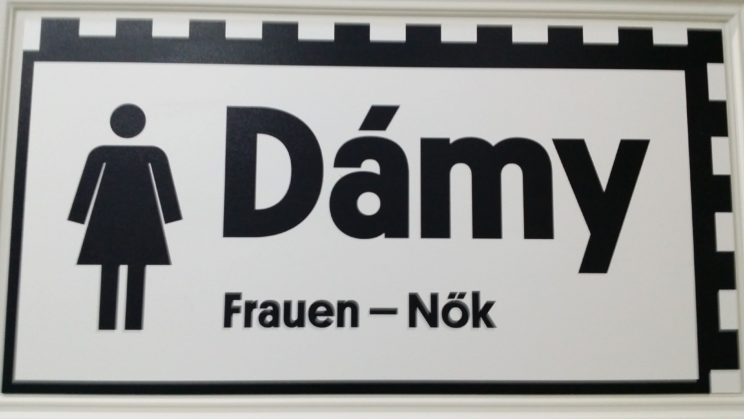What is missing from all of today’s discussions about the (in)compatibility of cultures and the dangers of multiculturality in Slovakia is a memory of a time not so long ago when the capital was a crossroad of cultures, ethnicities, and languages.
More precisely: The German, Hungarian and Slovak universes that intersected in Pressburg/Pozsony/Bratislava. It might be hard to imagine now, but Bratislava became the official center of Slovakia only little over 100 years ago, and even at that time, it nearly missed the chance. When the emerging Czechoslovak Republic was looking for a new administrative center for the Slovak part of the country, it was everything but sure that Bratislava would take the crown. Bratislava had been a capital (of the Hungarian Kingdom) before, from 1536 until the 18th century, and it was comparatively big and developed, with an emerging modern industry boosting the local infrastructure and living standards. It was strategically located, well connected to other cities in the region, and it even had its own a university from 1912 on. But: it was too diverse. The administration considered it either too „magyarized“ or too close to Vienna influence to become the new face of a strong and autonomous Slovakia. When Bratislava won the contest, in the end, it was mostly due to the weakness of its competitors. Martin, a place with much bigger historical significance for the Slovak national identity, was too small and too ill-equipped; so was žilina, the place where the transitional ministry for the administration of Slovakia had been sitting.
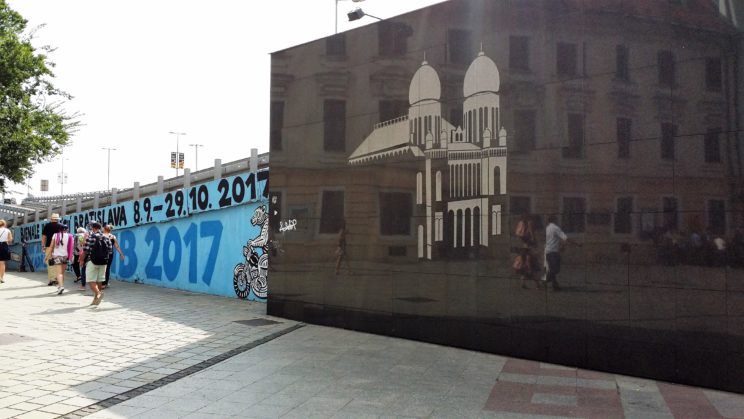
This wall indicates where the old synagogue used to be located – just opposite of the St. Martins Cathedral. It had to make way for the modernist SNP bridge in the 1960s
And so it happened that Bratislava, a city in which Slovaks where effectively a minority, became the capital of Slovakia: In 1919, out of 83 200 inhabitants, 30 165 were German, 24 126 Hungarian and 27 397 „Czechoslovak“. 9 370 (belonging to different nationalities) were Jews. It is little surprising that the local population reacted hostile towards the new administrations‘ delegations. Indeed, the status as Slovak capital changed the situation for the disadvantage of its non-Slovak inhabitants: A Slovak middle-class emerged and displaced the existing one since only Slovaks were recruited as civil servants, and immigration to the city was also predominantly Slovak. Ethnic conflicts, struggles, and resentments had been a part of everyday life before, and enhanced competition for supremacy didn’t exactly soothe them. However, parts of all ethnic groups would also adapt to the new situation and look on the sunny sides: The city was developing rapidly, and so was the overall wealth and the richness of cultural life. Different ethnic and religious groups were living with and against each other in what must have been a quite lively, complex and dynamic Tohuwabohu.
The situation obfuscated during the Second World War. Slovakia was now ruled by a fascist regime which persecuted and deported Slovak Jews. Tensions rose due to the territorial conflicts ensuing from the German occupation of Czechoslovakia and the First Vienna Award, by which the largely Hungarian-populated parts Southern Slovakia were awarded to Hungary. Slovaks felt increasingly threatened by their minority populations. This might be the reason why after the war, the Czechoslovak state aimed to reduce its minority populations. Many Germans had already fled from the approaching front line of the war, and the remaining ones as welll as the Bratislava Hungarians were pressured to either assimilate or relocate into ethnically more homogeneous areas.
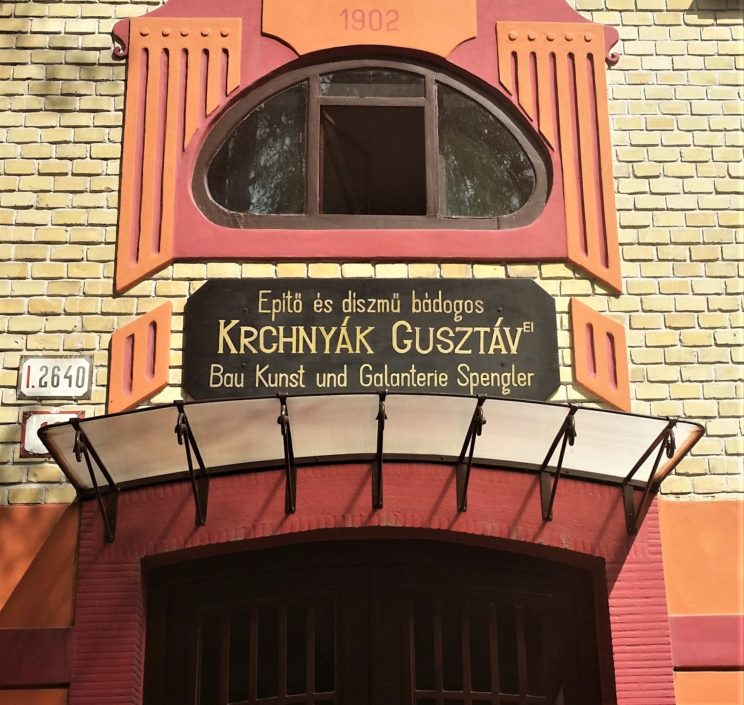
Today, the traces of Old-time Bratislava have faded; but with a watchful and trained eye you might still spot some. On the St. Andrew’s graveyard (Ondrejsky cintorín) right in the middle of the city, for example, you see Hungarian, German and Slovak graves in equal proportions right next to each other. Almost all of them date back to the time before 1945. When looking at the inscriptions, another thing becomes clear: It is impossible to extrapolate the language used from the names alone. Hungarian-sounding names go with German inscriptions, and German names might be accompanied by a Slovak or Hungarian text. One reason for this might be that people of different origins mingled and intermarried to such a degree that it seems problematic to conceptualize them as different ethnic entities.
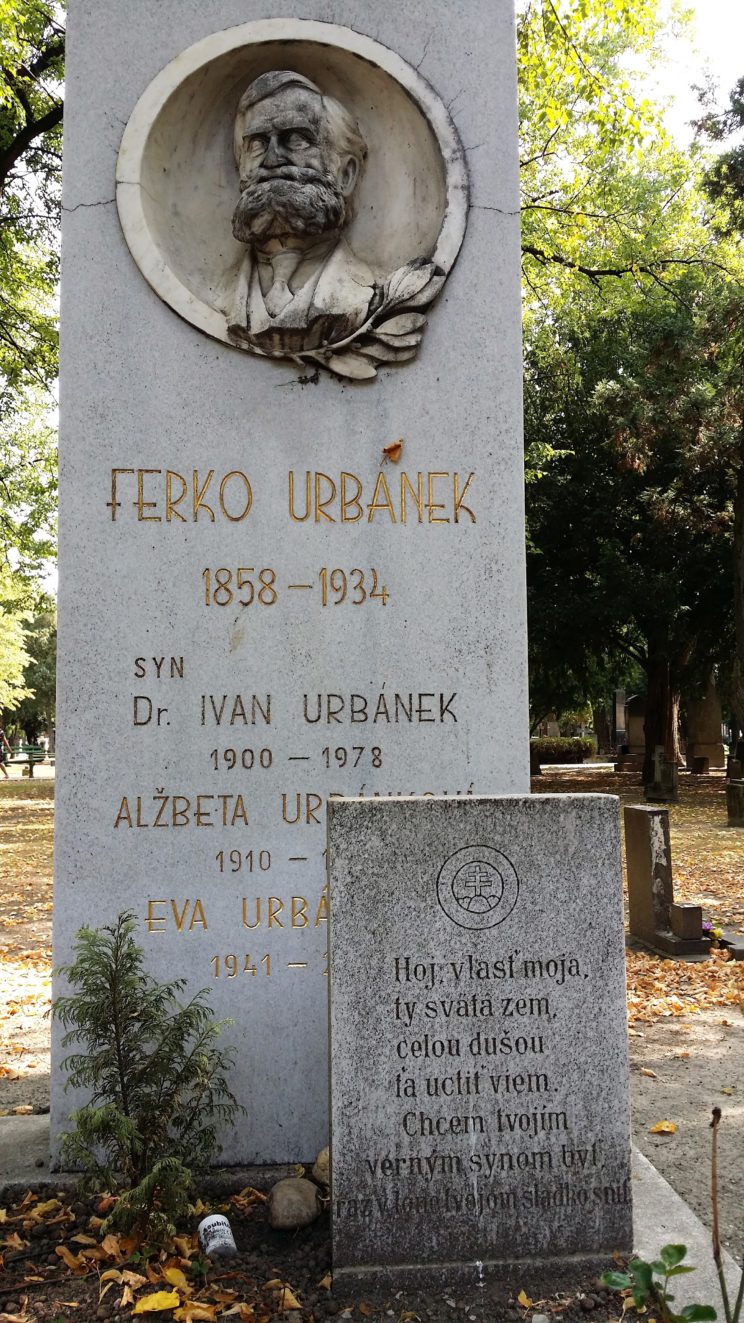
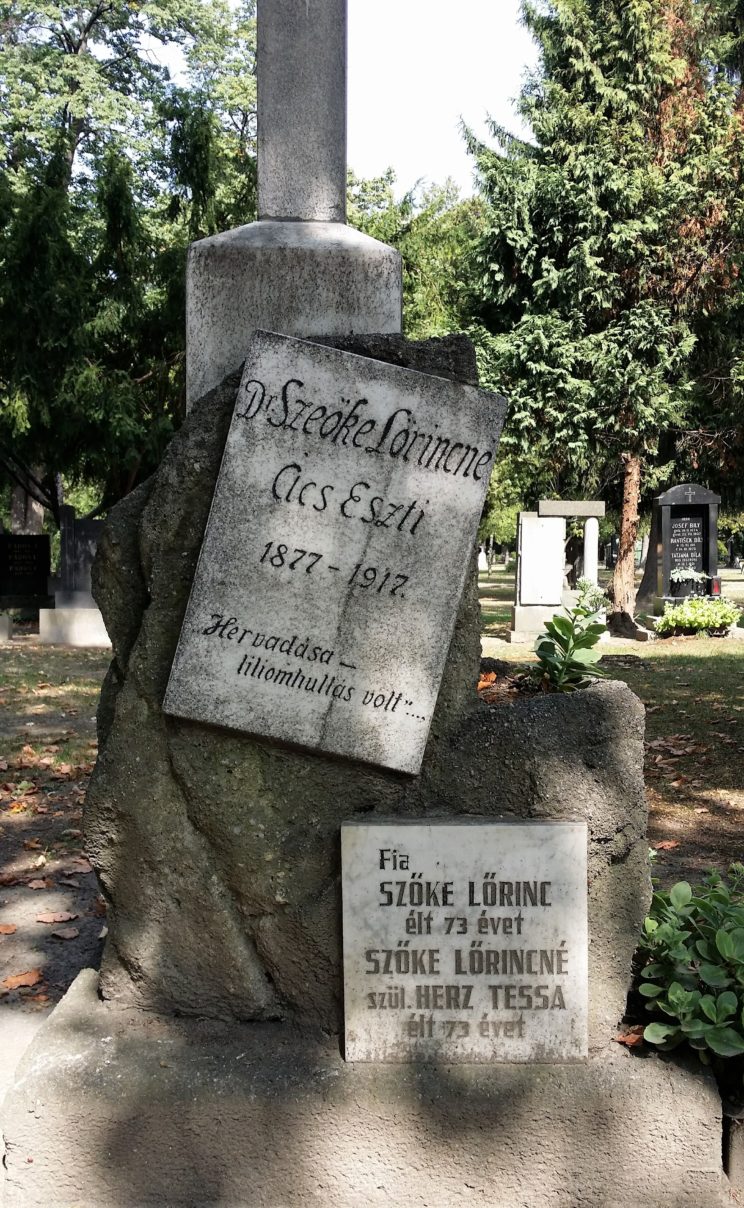

The memory of multicultural and -lingual Bratislava also lives on in the steadily declining number of citizens who experienced it first-hand. Especially the trilingualism of Old Bratislava has meanwhile turned into some local myth, it is supposed to represent the metropolitanism if the city and the sophistication of its inhabitants. The city website even claims that every single „Presburčan“ was trilingual.
Jozef Tancer, professor for German philology at the University of Vienna, has done research on multilingualism in Bratislava and problematizes this view. For his book „Rozviazané jazyky“, he conducted interviews with original old Bratislavans, people who were socialized in Old Bratislava before 1945. The accounts of his informants convey a picture of a wild mix of language usage and proficiency. A conversation in public space could very well combine three different languages: „Gnädiger Herr, wie spät ist es? – Fel kilenc. – D’akujem“. Many respondents are visibly proud of their ability to switch effortlessly between languages and hold a tender memory of a city in which it was possible to do so.
Not everyone mastered Hungarian, German and Slovak to the same degree, however. Especially the Slovak language was rather underrepresented in public administration, and many inhabitants of German or Hungarian origin had to learn the language in an arduous process after the Second World War. A certain class of well-established German families could afford not to learn any of the other languages since German was spoken by everyone. They sent their kids to French and English classes instead.
The ethnic Germans he interviewed also insisted that „Nie je nemčina ako nemčina“, there are actually many German languages: Not only was there a big difference between formal German and the dialect of people of lower social standing, usually referred to as „Kraxlhuberčina“. There was also a plenitude of different regional dialects. Next to the dominant Vienna variation, one could meet people of Prague, Oberufer and Sudeten German origin and language. The speakers of these several variations did not necessarily understand each other, and even less so the standard language spoken in Germany. One can thus say that although no one in Old Bratislava was monolingual, they were not necessarily trilingual.
One might suppose that the multicultural history of Bratislava is evoked when talking about nowadays immigration issues – be it as an instructive or as a deterrent example. But none of this is taking place. Bratislava today is trying hard to be both the most Slovak and the most cosmopolitan town in the country. The latter promise is redeemed mainly along well-known patterns of globalization and international tourism does not connect much to regional traditions. Sure, Bratislava’s multicultural past is referred to nostalgically and mentioned in every tourist brochure to allude to past greatness (and, not least, cementing one’s belonging on the Vienna – Budapest – Bratislava backpacker triangle). Little is done to integrate the German and Hungarian heritage into the cultural consciousness of the local population. With one notable exception: In some venues aiming at a young and urban audience, it has recently become a trend to label the toilets trilingually; In German, Hungarian, and Slovak. Whether this will stimulate a new flush of salient arguments about the past of ethnic diversity in Slovakia? One might doubt it.
